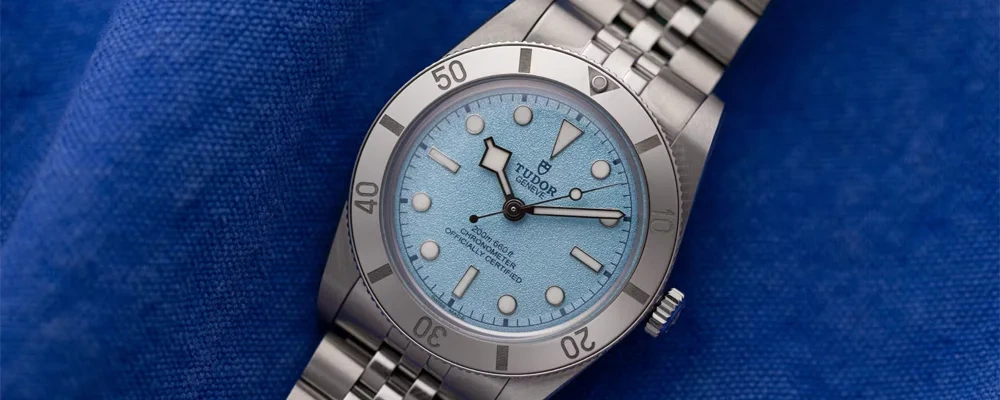Primal Timekeeping - How People Did It Before Watches and Clocks
Before the age of wristwatches, humanity relied on other methods to track the passage of time. These methods evolved from simple observations of celestial bodies to more complex devices. One of the earliest and most iconic timekeeping devices was the sundial. Ancient civilizations, such as the Sumerians and Egyptians, harnessed the power of the sun's shadow to divide their days. Obelisks were strategically placed to cast shadows, acting as early forms of clocks. The ancient Greeks also contributed to timekeeping with the invention of water clocks around 325 BC. These devices, relying on the flow of water, offered a more continuous measure of time.
Photo Source: Yue Su
The hourglass, another remarkable invention, emerged as a timekeeper in ancient times. Composed of two glass bulbs connected by a narrow neck, it held sand that trickled from one bulb to the other, effectively measuring a specific duration. This early form of an hourglass laid the foundation for modern egg timers.
Photo Source: Paula Guerreiro
However, the true revolution in timekeeping came with the invention of mechanical clocks in the 14th century. These clocks, based on systems of gears and springs, marked a significant leap forward in accuracy and reliability. Over the next centuries, mechanical clocks became increasingly prevalent, playing a crucial role in daily life.
Photo source: János Venczák
Fast forward to the late 19th century, and the world witnessed the birth of the first wristwatch, courtesy of Patek Philippe. This remarkable innovation paved the way for the popularization of wristwatches, which were gradually recognized not only for their practicality but also as fashionable accessories. The transition from pocket watches, which were status symbols in the 16th and 17th centuries, to wristwatches marked a pivotal moment in the evolution of timekeeping.
Photo source: Tran Phuc
In the early 20th century, Rolex introduced the first water-resistant watch in 1926. These watches were designed to withstand the rigours of aquatic activities, further expanding the functionality of timepieces. Alongside this, the development of multifunctional watches in the 1950s, featuring additional features like stopwatches and date displays, brought a new level of versatility to the world of horology.
Photo Source: Rolex
The 1960s saw the advent of quartz watches, powered by a quartz crystal, which offered unprecedented accuracy and affordability. This breakthrough in timekeeping technology quickly gained popularity, becoming the dominant type of accessible watch. Furthermore, the late 20th century witnessed the emergence of luxury watches, combining precision engineering with artful craftsmanship.
Photo source: Didier Descouens
As we reflect on the rich tapestry of human genius in timekeeping, we must express gratitude to the watchmaking industry and horology for giving us the remarkable inventions known as watches. These timepieces not only allow us to measure moments but also serve as symbols of human achievement and artistry. They stand as a testament to our neverending quest for precision and mastery over time itself.
Related Articles
Richard Mille re-releases their signature model in titanium - is it a good choice?
